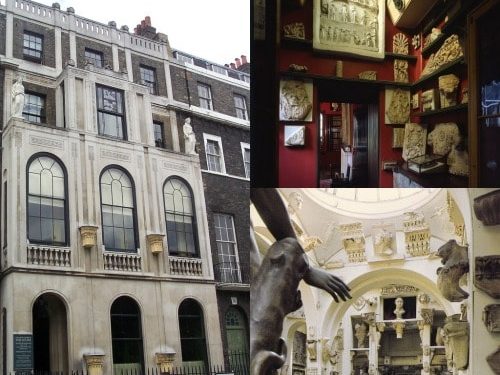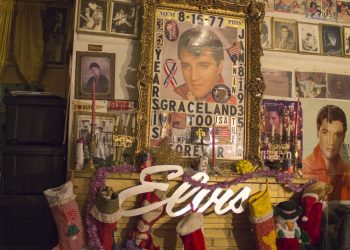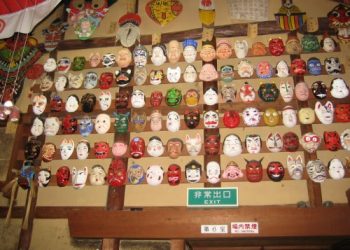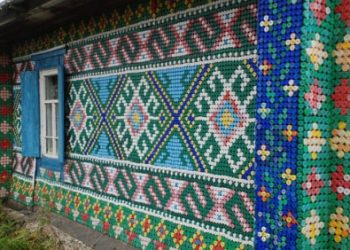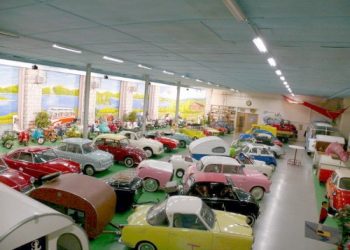I don’t know about you, but I’m tired of talking about houses. Thank god historic house museum week is over. But before we move on, let me tell you about one of the best house museums I’ve ever visited, if you can call it that…Sir John Soane’s Museum probably belongs in a category all by itself, the place is just that unusual. I can’t think of any other house museum that is like it. Years ago I spent hours here, chatting away with the friendly staff, and I enjoyed the experience so much I decided to include it in my master’s thesis; after all, I was writing about architecture in museums. John Soane was an architect who demolished and rebuilt three houses in succession on the north side of Lincoln’s Inn Fields in London beginning in the late 1700s. The intention was to make a home and office, as well as a museum to display his large collection of art and architectural artifacts that he had collected. This guy was a hoarder. I’ll get into that later. What actually happened was that in 1833, a few years before he died, Soane obtained an Act of Parliament that bequeathed the house and its collection to Great Britain. He had created himself a Museum of Architecture. The neo-classical house is stuffed with objects, like Greek and Roman bronzes and busts, urns, fragments of Roman mosaics, a massive Egyptian sarcophagus, pieces of Medieval stained glass, death masks, Chinese ceramics, Napoleonic memorabilia, plaster casts of famous antique sculptures, various paintings and of course architecture-related items. There are 30,000 architectural drawings and over 200 architectural models. It’s difficult to remember specifics when there is so much to look at, but I do recall the hundreds of drawings on folding screens in the Picture Room, which is an ingenious way to display art when you have run out of wall space.
If Soane lived in the 21st century, he would be featured on A&E’s Hoarders because he definitely was a pack rat who hated empty spaces. He continually altered his house to make way for new acquisitions, most of these antiquities were worthy of more proper museums. But that’s not what makes his house so memorable, it’s the atmosphere of the place; the interior is full of top-lit galleries, double-height spaces and gloomy subterranean vaults. The space becomes even more eerie and gothic at night as the whole house is illuminated by candlelight (yes, you can visit the place in the evening), which is odd when you think of the burial vaults down below. Oh, right…I failed to mention Soane is buried inside his museum. A white marble bust of the man himself looks down at the Crypt Room, designed to look like a Roman catacomb, which is full of funerary busts and urns; while Monk’s Parlor is a series of rooms in the basement meant to resemble a cemetery, but is actually the grave of Soane’s dog. Odd. Even though the place is free, only a certain number of people are allowed inside at a time. You’re can wander on your own and take in the atmosphere. There are no annoying things usually found in museums: no text labels to distract your eye, no information desks, no café or restaurant to buy overpriced food. It’s a museum that is stuck in the late 18th/early 19th century, a place that time forgot. But unfortunately (or fortunately for conservationists out there), Sir John Soane’s Museum is stepping into the 21st century with a £7m three-year programme of restoration, “Opening up the Soane,” that will be completed sometime in 2015. Reading details about the project, like “improved visitor facilities, new Exhibition Gallery and Conservation Studios, and improvements for full disabled access” just makes me sad. I understand those things are important, but I feel like they might have killed what I liked most about the place: the atmosphere.
